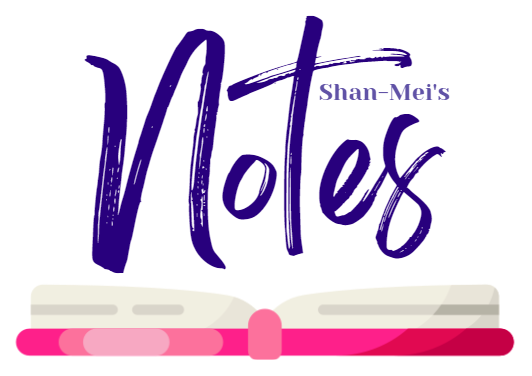


Aimons nous et Dormons
Musescore File
Download?
PDF
MP3
Download?
- Melody is passed around parts in 4 - 8 bar chunks
- Parts with melody have the word “melody” written over them
- Countermelody is very often passed around parts
- You can tell if you have a countermelody if you have a crescendo decrescendo, if your crescendo is longer than the other parts, have lyrics instead of Ah’s, Oo’s and Mm’s, if you have a louder dynamic marking (matching or exceeding the melody) than the other accompanying parts
- Parts often split, if, say, alto 1 and alto 2 split, alto 1 may have different lyrics to alto 2
- If different, part 1 will have melody on top of their parts, part 2 will have lyrics underneath part
- In bar 7, tenor part, I did something silly and the top line of lyrics of “Monts” belongs to tenor 1, and “louregan” belongs to tenor 2
- Rubato should be used, but rubato style and intensity can be decided by conductor/soloist
- In every recording made of Aimons nous et Dormons I can find, in the F# major section, the E# is ignored. In my arrangement, it should be observed
- Vibrato can and should be used in high notes of melody lines
- When Ah’ing, Oo’ing and Mm’ing, if there are repeated notes, start the repeated note with slightly more air to show that they are separate notes and not a longer note
- Tenors shouldn’t scream.
- In bar 12, in the bass part, all bass singers should attempt to sing the bottom note, however if this is too low they can opt out to fake or to sing the bracketed A
- Phrase ends should be tapered off like music of the classical period.


